1. The Meaning of “De Novo.”
De novo is Latin for "anew." De novo, Black's Law Dictionary (11th ed. 2019). In this Docket the Commission is evaluating GBX’s entire project anew, on both facts and law. “A trial de novo is a trial on the entire case – that is, on both questions of fact and law – conducted as if there had been no trial in the first instance.” Trial de novo, Black's Law Dictionary (11th ed. 2019). When a court decides a case de novo, that court owes no deference to any finding of fact or conclusions of law in the prior decision. See Zervos v. Verizon New York, Inc., 252 F.3d 163, 168 (2d Cir. 2001) ("[O]ur review is independent and plenary; as the Latin term [de novo] suggests, we look at the matter anew, as though it had come to the courts for the first time."); see also SEC v. Callahan, 103 F. Supp. 3d 296, 301-302, 2015 U.S. Dist. LEXIS 57996, 13-14 (E.D.N.Y. May 2, 2015).
2. The Meaning of “Continuing.”
The term “continuing” means "uninterrupted; persisting" or "not requiring renewal; enduring." Black's Law Dictionary (11th ed. 2019). The term "continuing" means a state or condition that persists from some prior time into the future. See In re Neosho Concrete Prods. Co., 2021 Bankr. LEXIS 1198, 11-12, 70 Bankr. Ct. Dec. 61, 2021 WL 1821444 (Bankr. W.D. Mo. May 6, 2021).
Read the whole Request for Rehearing of the Illinois groups here. I guarantee you won't be as confused as FERC. It's pretty simple and straightforward and beautifully written.
| req_for_rehearing_final_public_compl_red.pdf |
| 20240129-5066_grain_belt_express_-_renewed_request_for_expedited_consideration.pdf |
It's been more than 30 days since FERC gave GBE what it wanted because GBE was in such a big hurry to advertise its project for sale to customers. GBE hasn't advertised anything yet. Guess there wasn't much of a hurry after all.
And why does GBE need to "amend" its prior grant of negotiated rate authority that expired when Clean Line sold the project to Invenergy without FERC approval? Because the contract with the Missouri municipalities for less than 5% of the project's capacity was negotiated under Clean Line but never submitted to FERC for approval. FERC cannot "continue" that unapproved contract to be approved at some later date if it actually did review GBE's negotiated rate authority de novo and issue new authority. FERC needs to boot that contract to the curb because it was not filed by the deadline in FERC's original grant of negotiated rate authority that Clean Line agreed to. Sorry, the instructions were clear and they were intentionally not followed. That contract is toast.
FERC also has a huge problem with the contradiction it created saying that GBE didn't need approval to transfer the project from Clean Line to Invenergy, but that Invenergy's sale of undivided interests in the project would somehow require approval. Either a sale of project assets requires approval under Sec. 203 of the Federal Power Act, or it doesn't. Can't have it both ways. FERC needs to think carefully before it does something that can impact its authority under Sec. 203 going forward.
FERC didn't think this thing through, and it needs to correct its errors. Thank goodness the Illinois groups are there to clean up the mess. If it doesn't make sense, it can't withstand the legal scrutiny of the DC Circuit. Been there, done that.
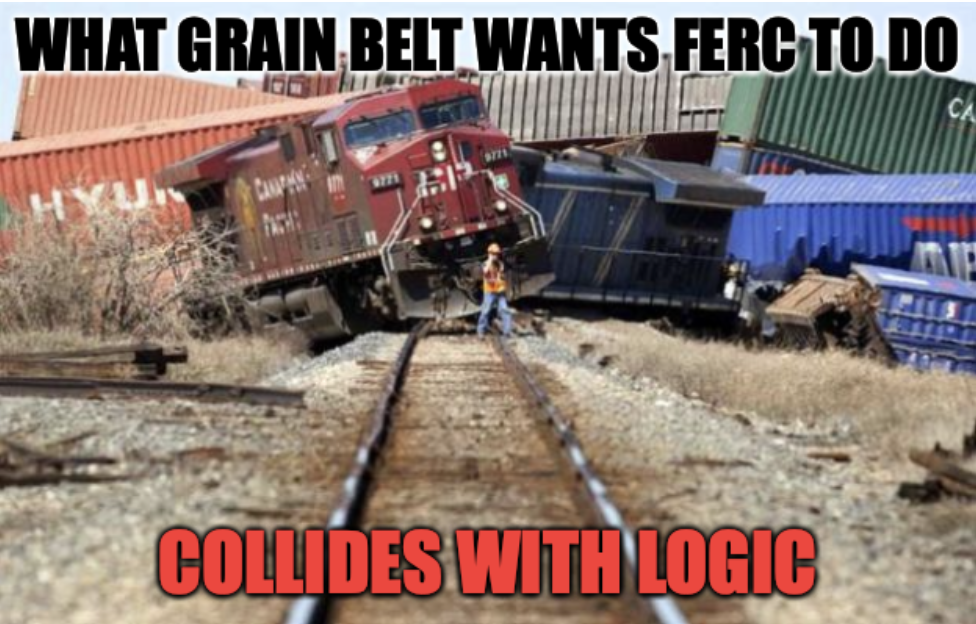
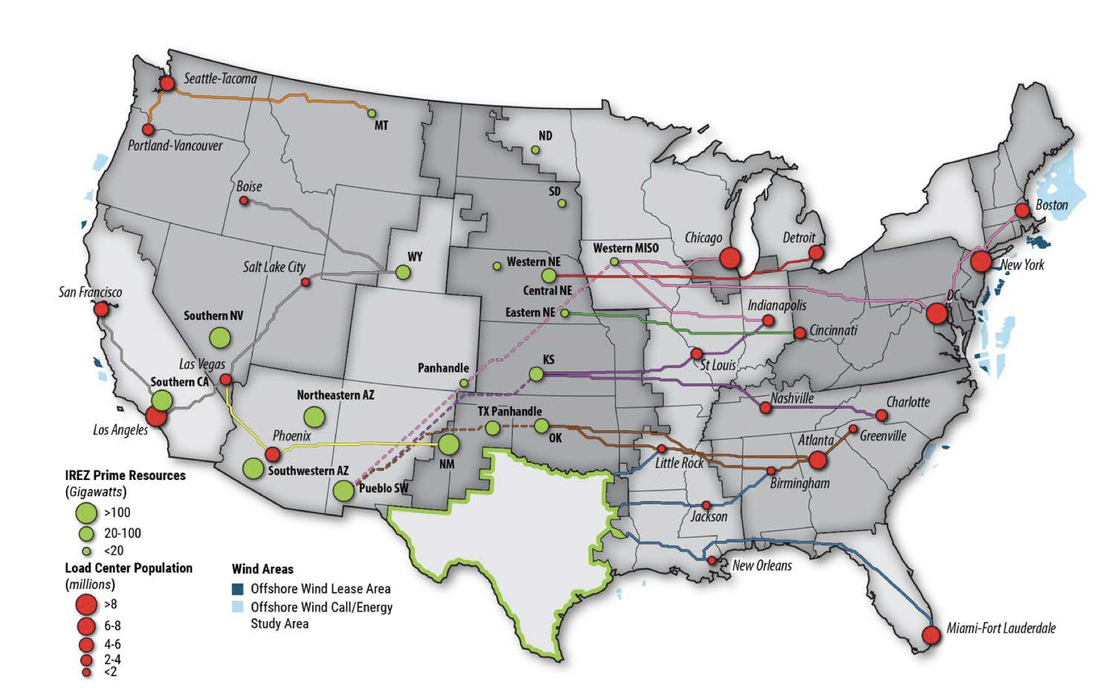

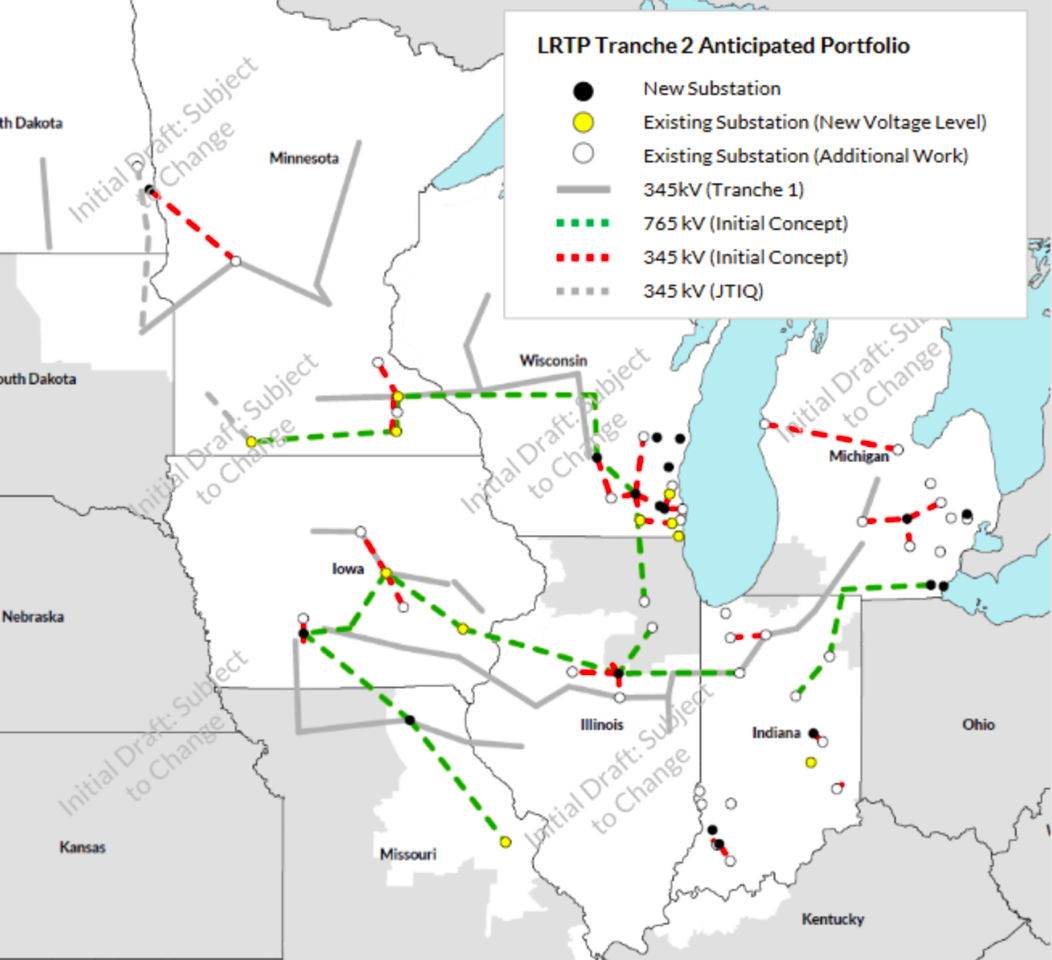
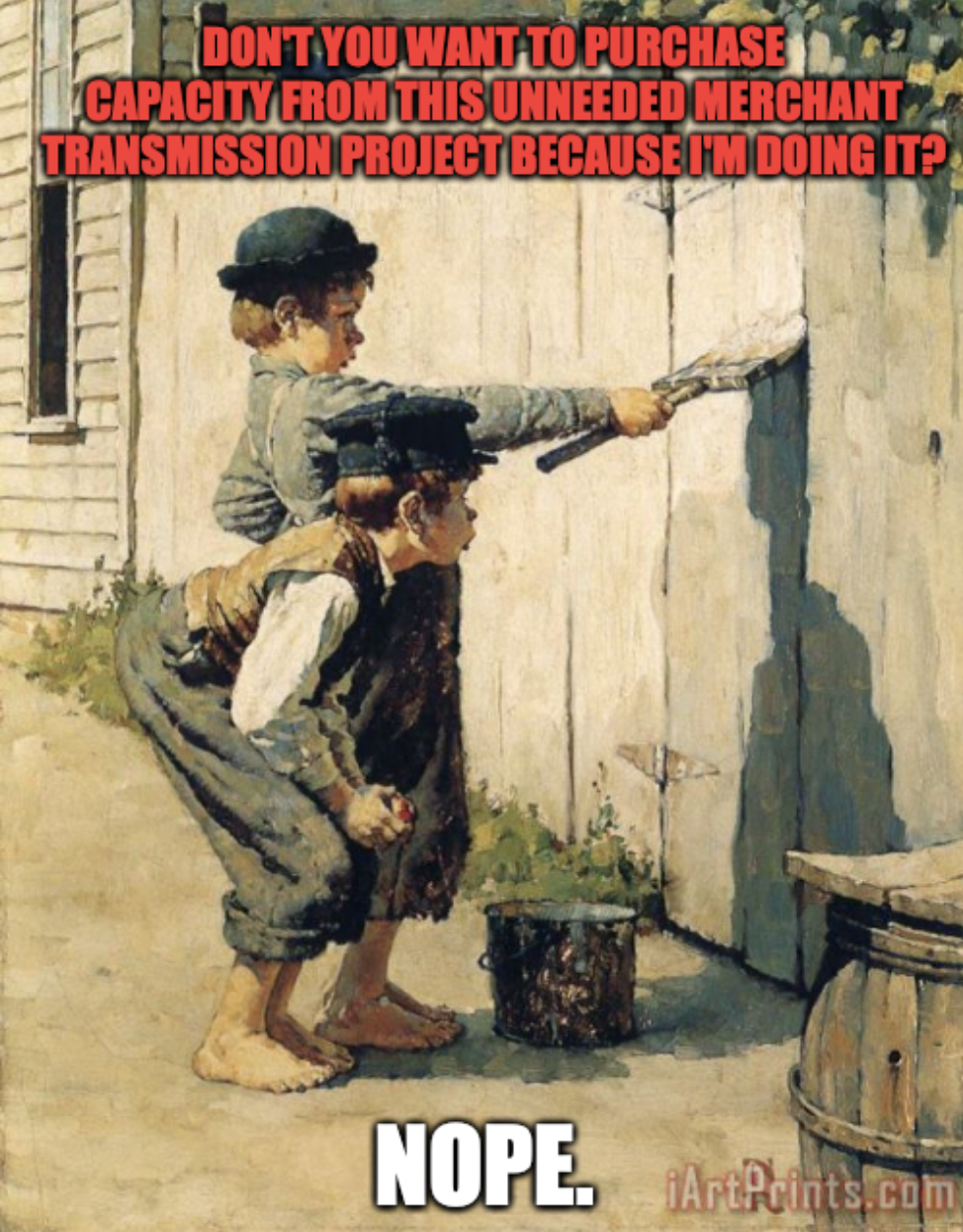
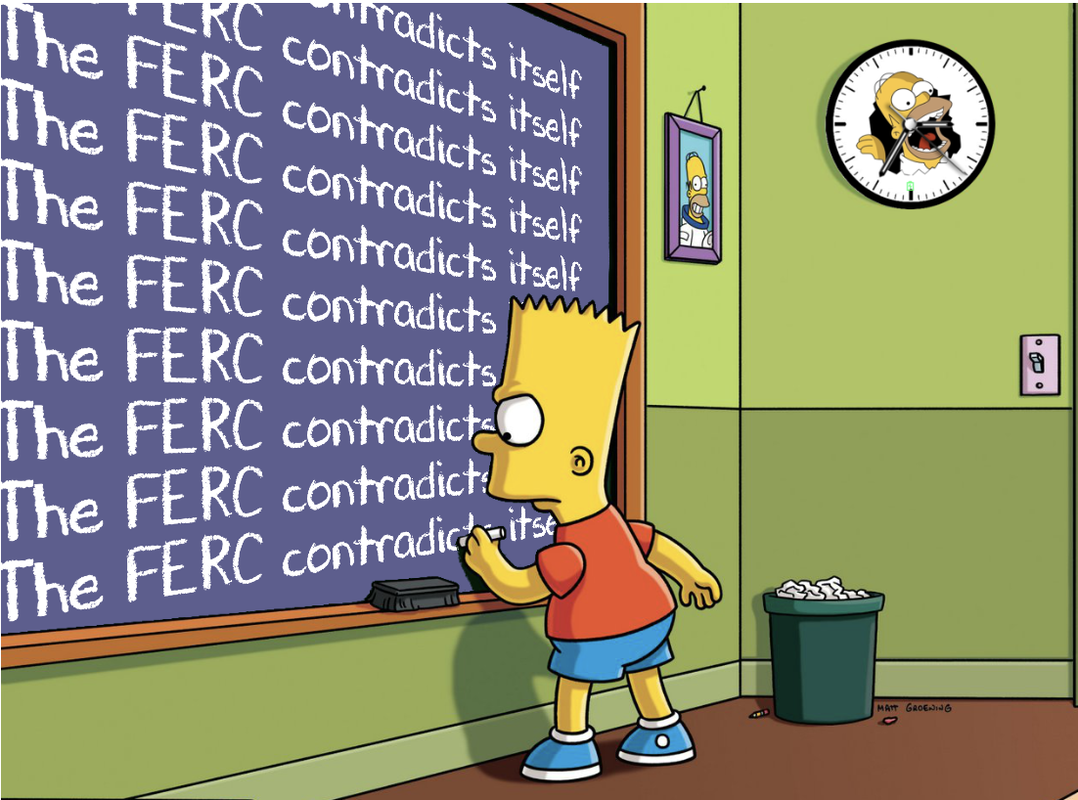
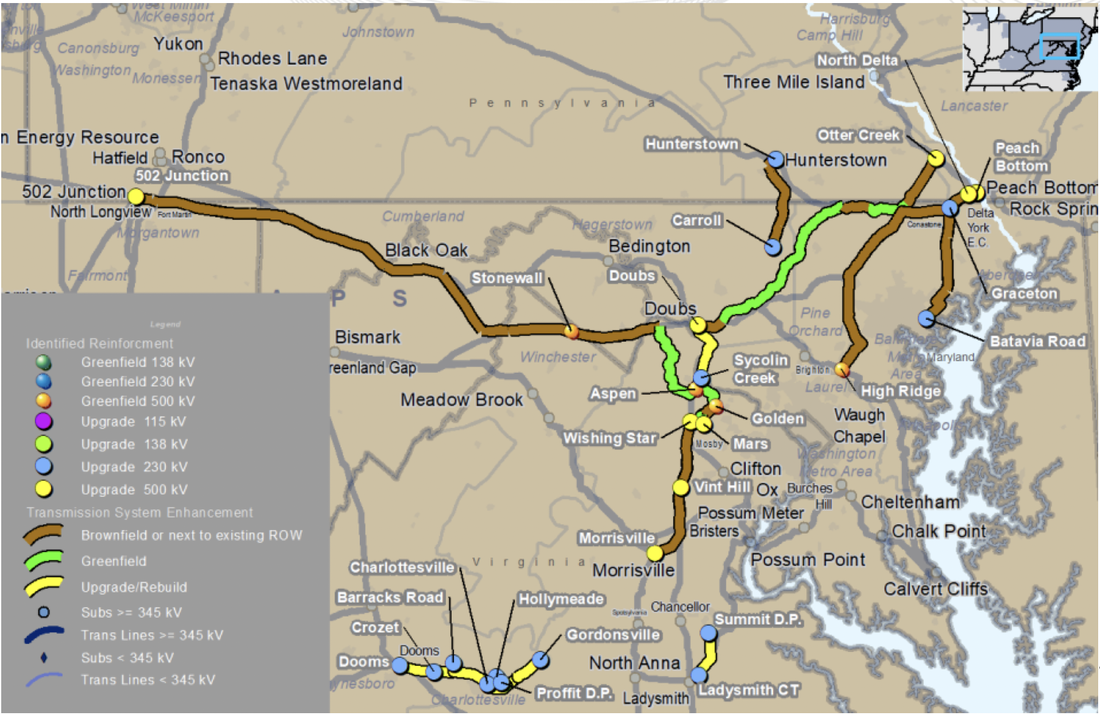
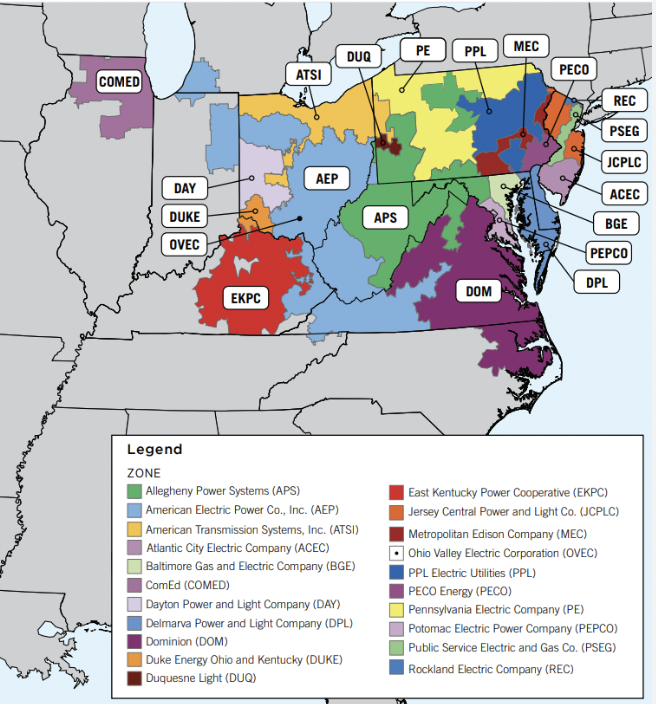
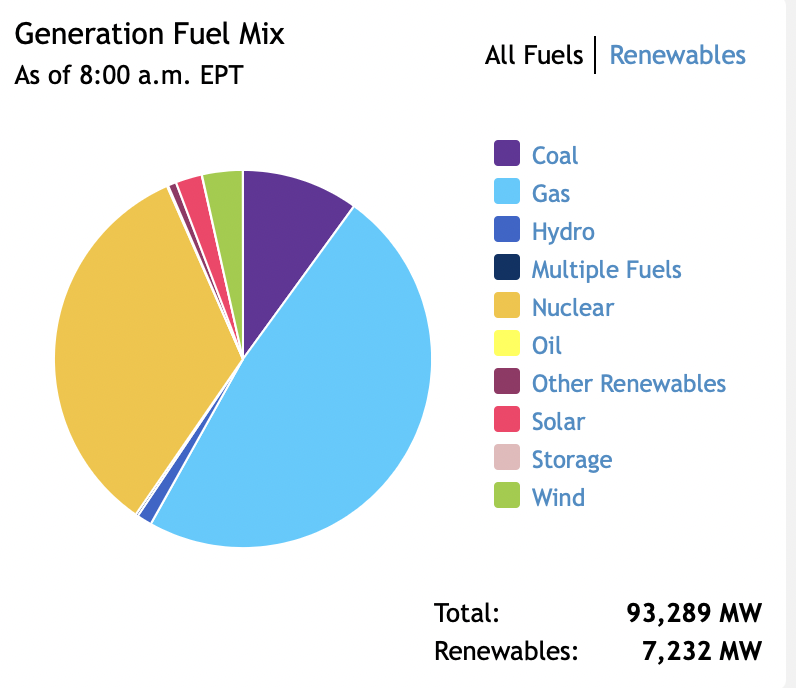
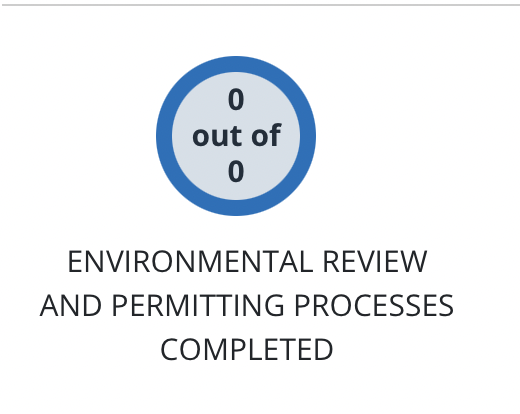
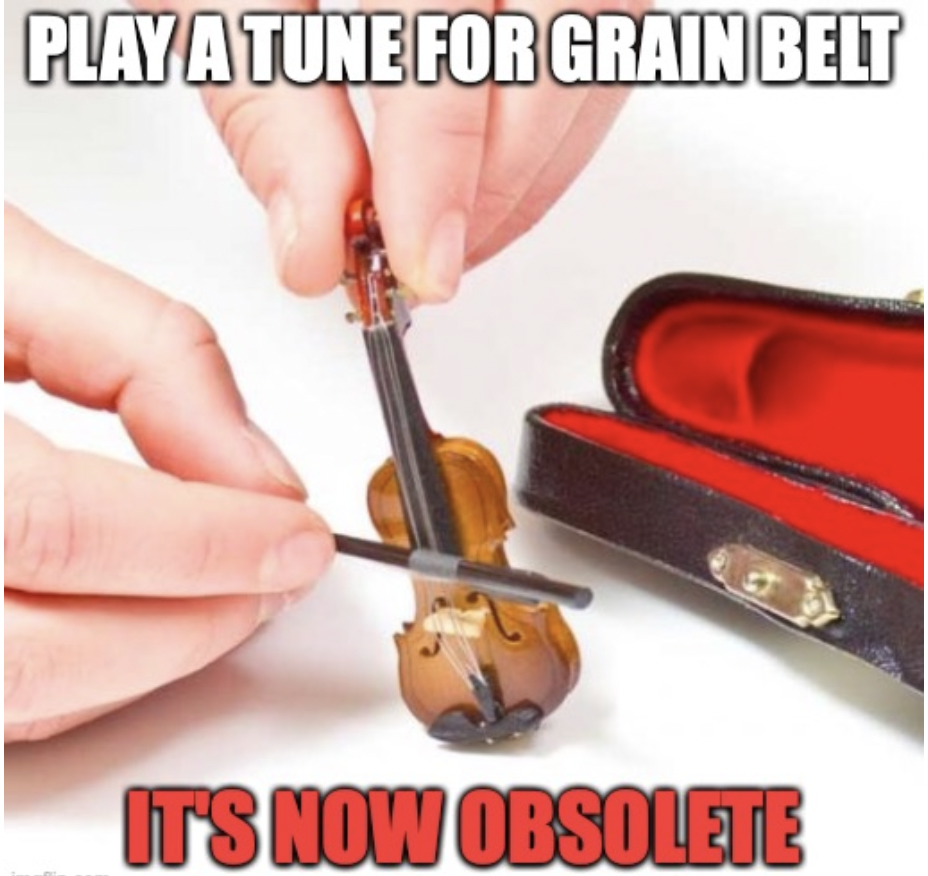
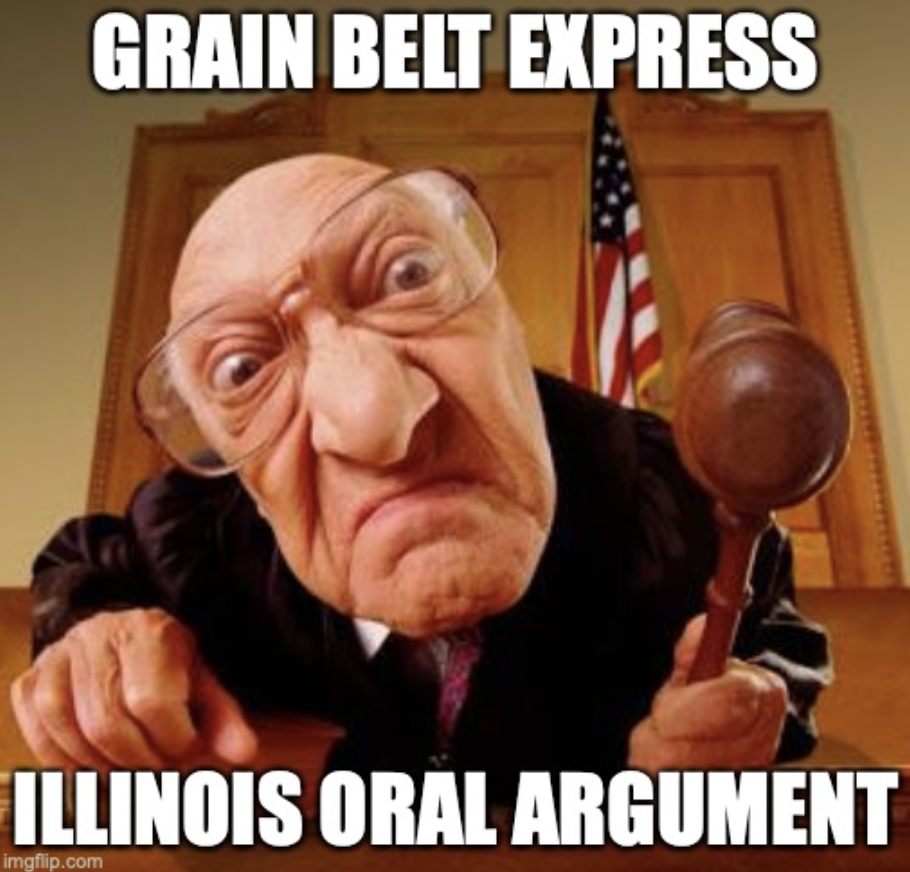
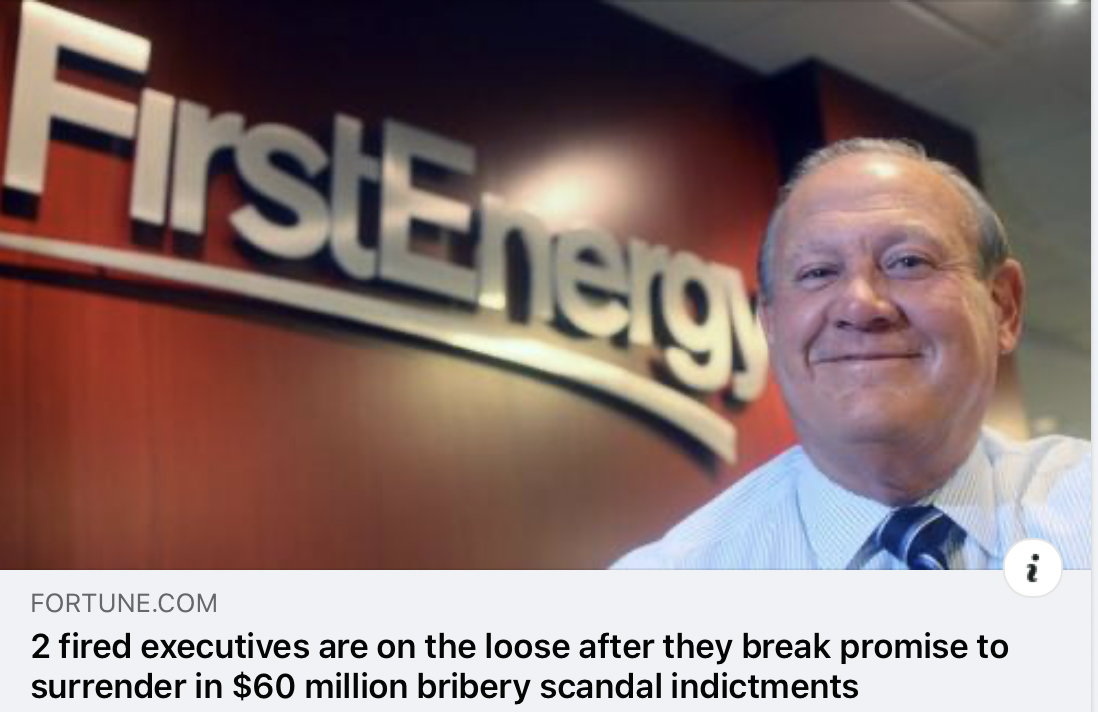
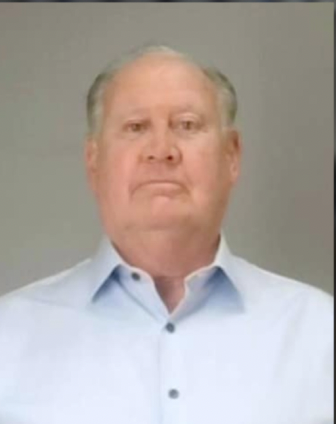
 RSS Feed
RSS Feed